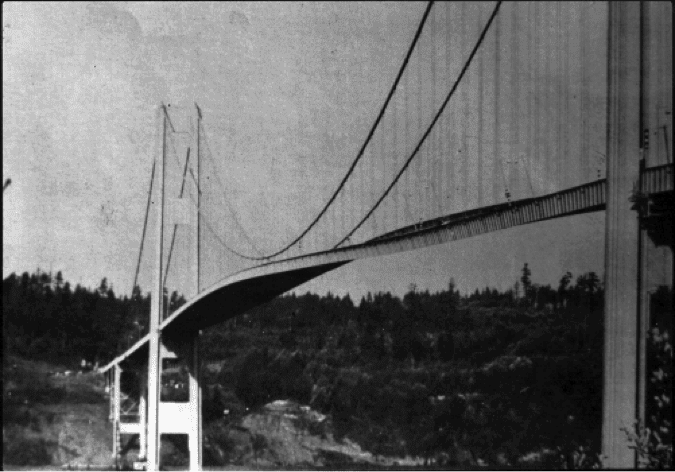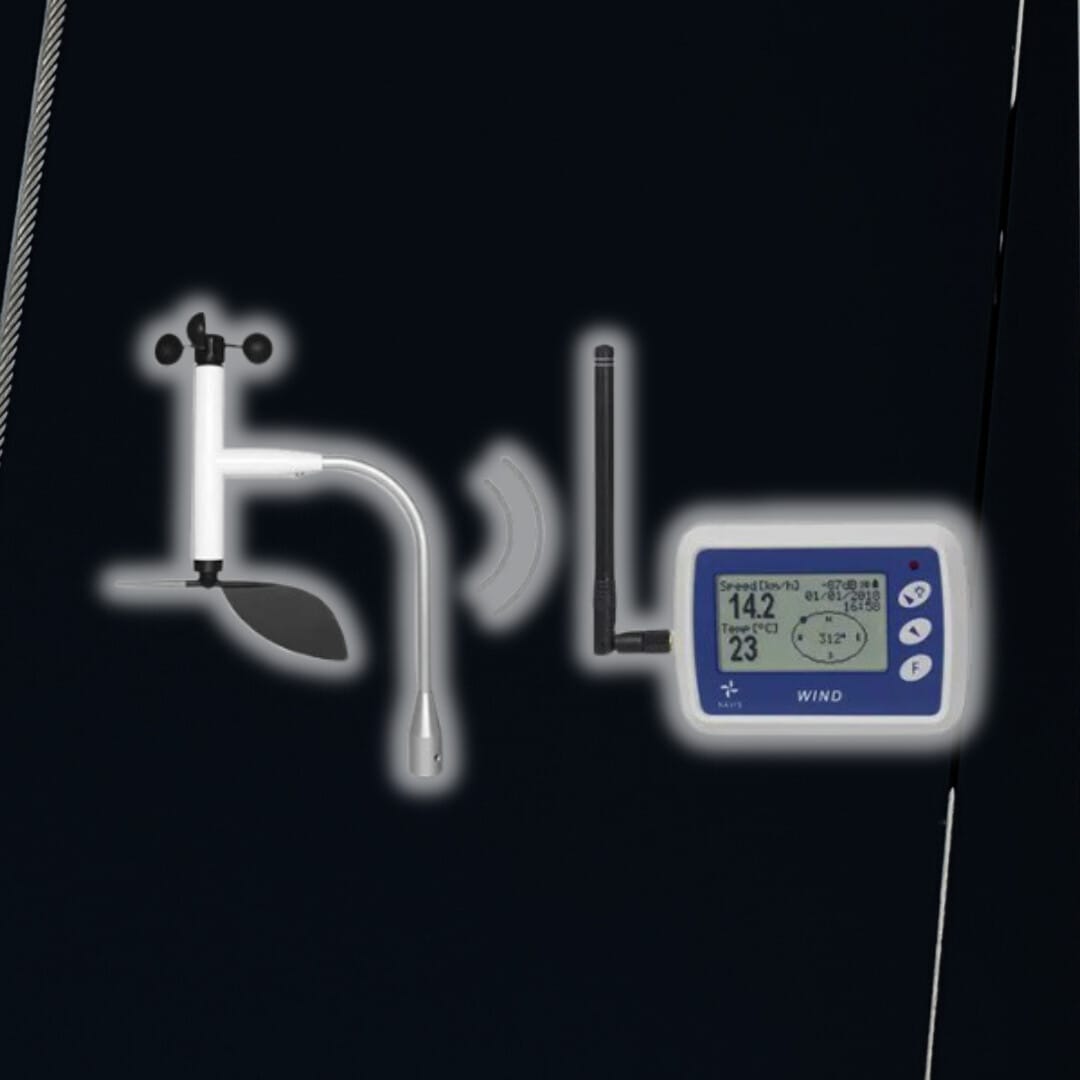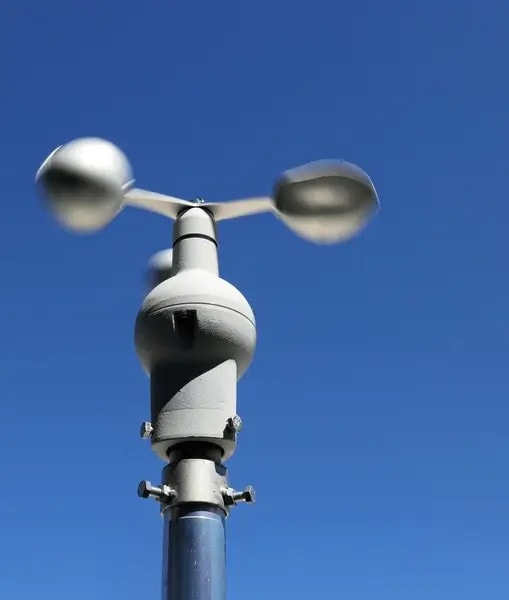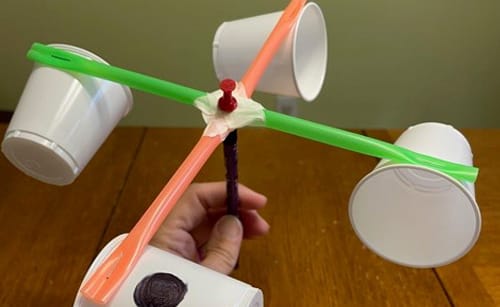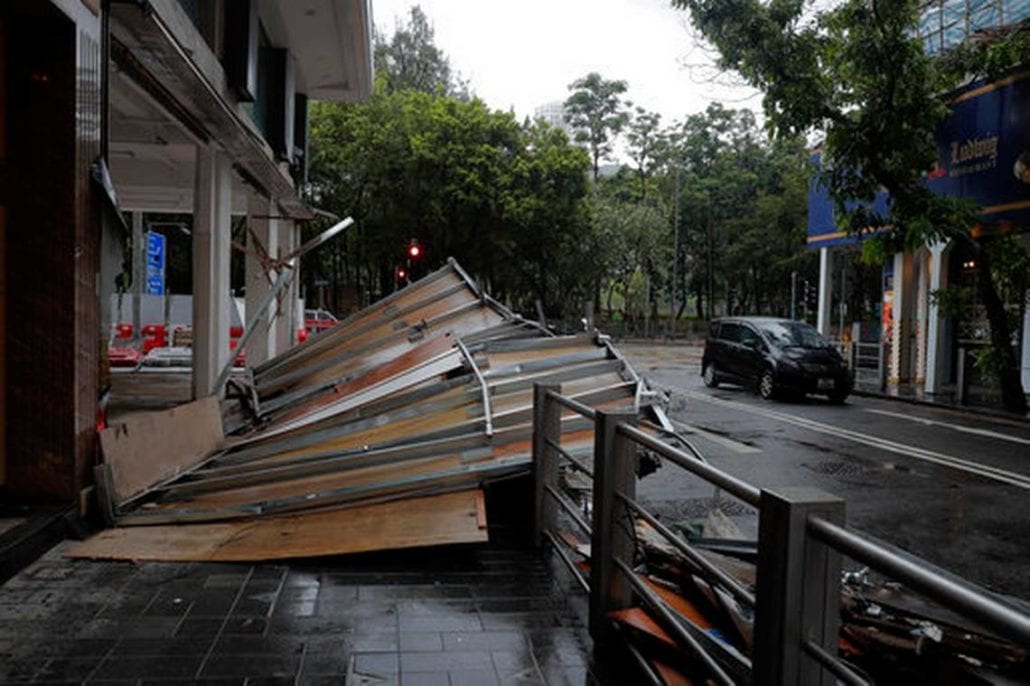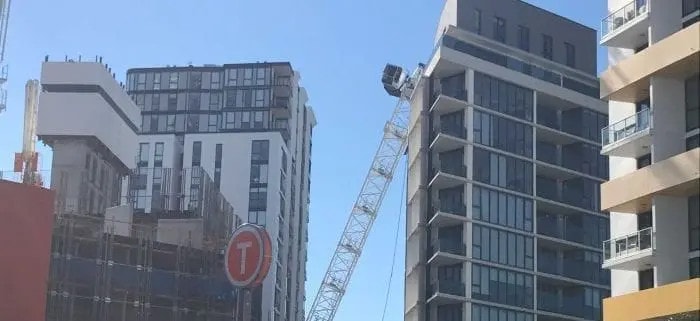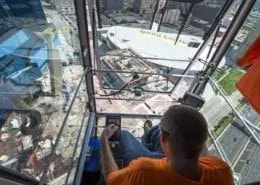Wind monitoring is key during all life cycle stages of a public bridge, from design and construction to operation and maintenance. Bridges are typically exposed to strong wind currents hitting them perpendicularly, and their sheer size results in very high mechanical loads induced by the wind. In addition, even if a bridge is properly designed according to the wind conditions on site, the wind itself may also pose a risk for vehicles under extreme conditions.
Designing Bridges to Withstand the Wind
Wind loads are a very important aspect of structural design, and monitoring is the only way to get a detailed and site-specific profile of wind conditions. This allows structural engineers to specify and design a bridge structure that is well-suited for the intended project site.
The case of the Tacoma Narrows Bridge, which collapsed in 1940, is perhaps the best-known example of how the wind can destroy a bridge with a poor structural design. The Tacoma Narrows Bridge would show drastic movements in response to the wind, and the first time it was exposed to a 42-mph wind it started twisting until it collapsed, just a few months after construction.
Figure 1. Image of the drastic wind-induced oscillations of the Tacoma Narrows Bridge.
(Source: https://en.wikipedia.org/wiki/File:Image-Tacoma_Narrows_Bridge1.gif)
After the Tacoma Narrows case was analysed, it was determined that the bridge collapse was the consequence of a structural design that was not adequate for the wind conditions on site:
- The wind-facing area of the bridge was too high, causing significant drag forces. The replacement bridge was built with open trusses to minimise drag.
- The bridge was too narrow and very susceptible to torsion forces. The day the Tacoma Narrows bridge failed, it was twisting on its longitudinal axis with an amplitude of over 25 feet.
Although nobody was killed in this accident, the material losses were significant. This case demonstrates the importance of having a detailed wind profile of the public bridge site before proceeding with its design and construction.
Safe Bridge Construction with Wind Monitoring
The risks that are present during bridge operation are compounded during construction, since the structure is work in progress, and does not have the mechanical strength as designed until completed.
Although construction activities can be programmed based on weather forecasts, the precision achieved is very limited. In addition, it may be difficult to justify missed deadlines due to unfavourable weather, potentially leading to project disputes. A web-connected weather monitoring station is far superior to weather forecasts, providing various advantages:
- Decisions can be made based on live weather data as opposed to general forecasts.
- If missed deadlines must be justified, there will be a cloud-hosted record to prove that the weather was unfavourable for construction work.
- WINDCRANE can be configured to send automatic notifications to key staff members when unfavourable weather conditions are detected.
Wind monitoring also allows the project to be scheduled during a season of the year when wind-related risks are minimal. Since a detailed wind profile has already been gathered during the design phase, the months where average wind speeds are low are well-known to the project developer.
Safe Bridge Operation with Wind Monitoring
The case of the Tacoma Narrows Bridge is a drastic example, but wind can make a bridge dangerous even if it is nowhere close to collapsing. For example, vehicles such as SUVs and trailers are prone to turning over when exposed to harsh winds from the sides – the wind-facing area is large, and their centre of mass is higher than that of other vehicles.
Bridge movements may also pose a risk for drivers: Under harsh winds, some degree of structural deformation is normal and accounted for by design engineers, but the risk of causing an accident remains.
Once a bridge has been built, WINDCRANE can continue operating and delivering live data to the public authority responsible for the bridge. The same features that alert construction managers when dangerous winds are detected can be used to alert the corresponding authorities, who may block public access to the bridge until wind speeds have returned to safe values.



